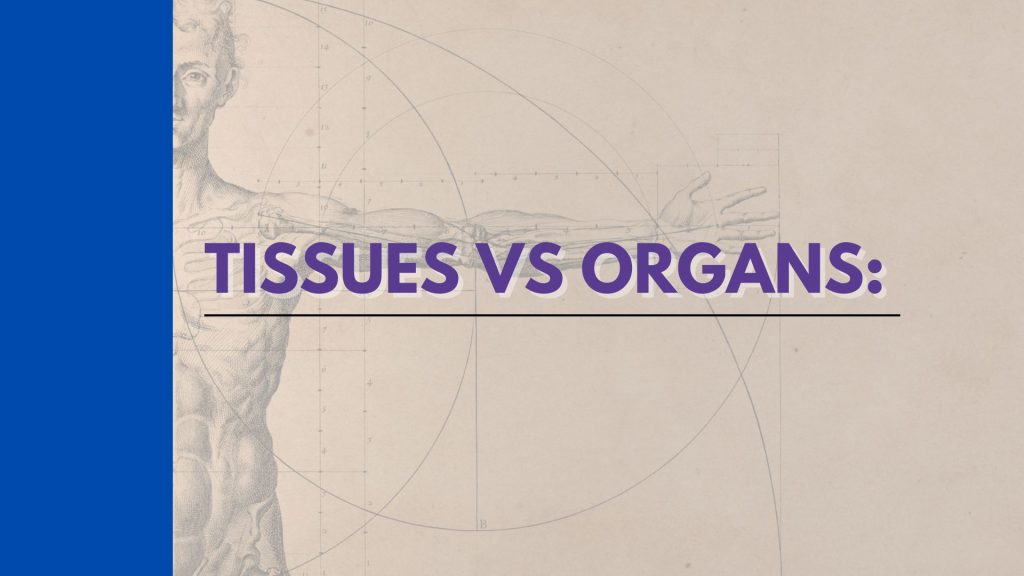- Oak Brook:(630) 705-9999
- Chicago:(312) 920-8822
- Email:inquiry@vervecollege.edu
- Make a Payment
- Home
- Programs
- Admission
- Resources
- ATI Entrance Exam Resources
- New E-Digital Library
- Refer a Friend
- School Newsletter
- Events
- Employers
- Job-Network
- Alpha Beta Kappa Candidates
- Verve College Library
- Graduation and Pinning Ceremony Photo Galleries
- Textbook Information
- Career Services
- Tutoring
- School Catalog
- FAQ
- Constitution Day Program
- Alumni
- Verve College Plans
- Financial Aid
- HEERF Reporting
- Satisfactory Academic Progress
- Apply For Financial Aid
- Net Price Calculator
- Return of Title IV Funds (R2T4)
- Financial Aid Office Code of Conduct
- Contact
- FAQs
- Verification Policy
- Vaccination Policy
- Student Right-to-Know Act
- Misrepresentation
- Information Security Program
- Academic Award Year
- Availability of Employee
- Cost of Attendance
- Health & Safety Exemption Requirement
- Students Rights and Responsibilities
- Leave of Absence
- Pell Formula
- Military Students
- Grants/ Scholarship Policy
- Contact Us
- Login
- Testimonials
- Blog
Is a Nursing Career Right For You?
Take The Free Quiz
Tissues Vs Organs: Understanding Their Differences
Tissues Vs Organs: Understanding Their Differences
Organs and tissues are the two basic components of every living organism. Organs are collections of tissue that are structurally formed by a grouping of tissues and perform a major function.
Tissues, on the other hand, are a grouping of cells working together. Organs include your kidneys, lungs, and heart. Organs and tissues have distinct characteristics and structures in function, even though they are interdependent. This article will explain the differences between human cells and tissue.
Consider local colleges and universities offering practical nursing programs as possible options if you’re searching for clinical courses in nursing schools near me to become a practical nurse.
What is Tissue?
A tissue is a collection of cells that work together to perform an assigned function. In a multicellular organ, tissue is arranged hierarchically. Multiple tissues work together to create organs. Multiple tissues form organ systems. Animals have four types of tissue: epithelial, connective, muscle, and nerve tissue.
The intercellular matrix converts the space between cells. This substance may be present in large quantities in certain organs but not in others. In the intercellular matrix of a particular tissue, there may be fibers and salts that are unique to that tissue. These components give that tissue its distinct properties.
What is an Organ?
Organs are a tissue collection that forms a single anatomical structure unit in a multicellular organ. In the hierarchy of life, an organ is located between a tissue system and an organ. Cells of similar types combine to form tissues with a specific function. Organs are made of different tissues that perform a specific function
The intestinal wall, for example, comprises epithelial and smooth muscle tissue. An organ system is also known as a body system or biological system. It is composed of two or three organs that work together to perform a specific physiological function.
Related:- What is Anatomy of Canine Spinal?
How Are Tissues and Organs Related?
Tissue:-
All of the tissues in the body have similar functions and are distributed uniformly.
- These contain the same type of cells.
- The regeneration nursing process can repair tissue damage.
- Animals have a wide variety of tissues. The most common are connective tissues, muscle tissues, epithelial tissue, and nerve tissues.
- Animals have a variety of tissues including muscle, connective tissue, epithelial tissue, and nervous tissue.
- The repair of tissues also repairs organs.
Organ:-
- Organs are made up of tissues and are organized to perform specific tasks.
- These are made of the same tissue type.
- Tissues can also be used to repair organs.
- Organs can perform complex tasks.
- Organs include the liver, lungs, heart, and kidneys.
- The repair of tissues also repairs organs.
The Conclusion of the Article is:
This article defined how are tissues and organs related. Cells with similar functions and basic structures are used to form tissues. Organs are made up of a variety of tissues and have more complex functions necessary for life. Are you searching for an anatomy and physiology course near me? Consider the community college of nursing. You can also go with LPN nursing programs to learn how to give direct patient care to patients in the nursing field & long-term care facilities.
 Sign up
Sign up Login
Login




